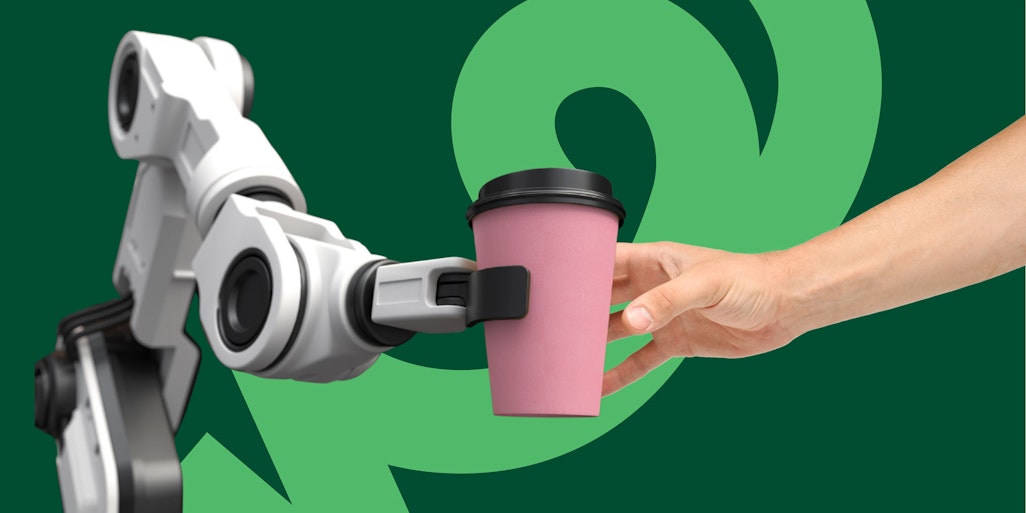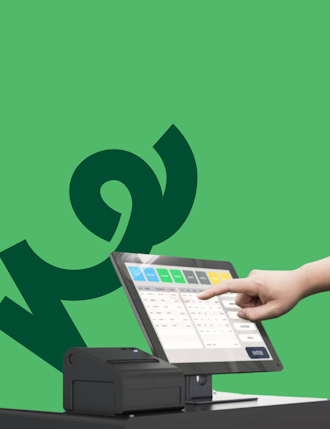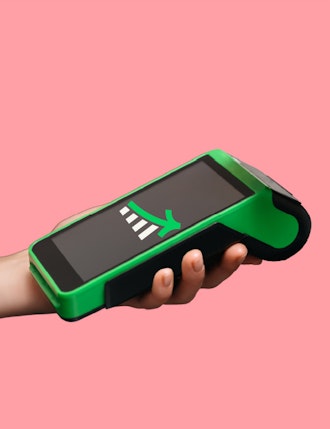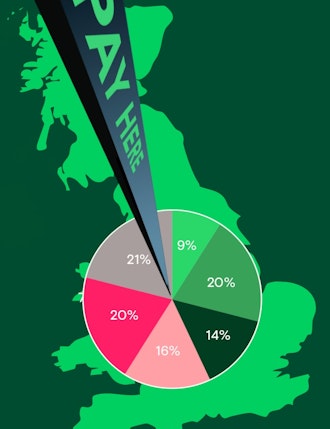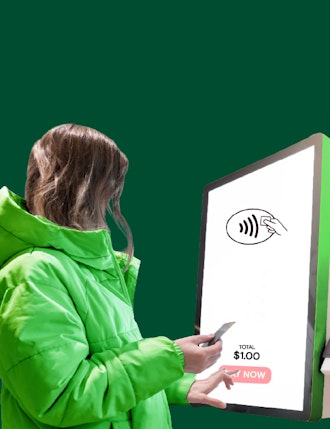Key Insights
-
EPOS systems streamline restaurant operations by automating tasks like order processing, payment handling, and inventory management, improving efficiency across the board.
-
EPOS systems allow digital ordering via kiosks or mobile apps, reducing mistakes and enhancing the customer experience by speeding up service.
-
Integrating Aevi’s IPPO with EPOS ensures seamless and secure multi-channel payment processing, reducing friction and accelerating checkout times.
- The future of fully automated restaurants, featuring robotic chefs and AI-driven service, is rapidly approaching, with automation driving industry growth and reshaping customer expectations.
Don't have time to read more now? Sign up to our newsletter to get the latest insights directly in your inbox.
Imagine walking into a restaurant where robots take your order, prepare your meal, and even present the bill. Science fiction? Not anymore - this is the new reality in dining. But before the robots steal the spotlight front-of-house, the real automation pioneer has been working hard behind the scenes: EPOS systems. These platforms have quietly revolutionized restaurant operations, making them extremely efficient.
On the surface, these systems replace cash registers, but behind the scenes, they optimize everything from order processing to payments. Let’s explore how EPOS technology is transforming restaurants into automated, tech-savvy dining hubs.
What is EPOS?
EPOS stands for electronic point of sale system, and it acts as the central hub of your restaurant operations. Before EPOS, traditional cash registers were used to process transactions, often leading to slower, manual input and limited data management. With EPOS, hardware and software (like scanners, barcode readers, and touchscreens) work together to process sales and manage data efficiently. It transforms chaotic, paper-based processes into smooth, automated interactions, much like upgrading from an old Nokia 3210 to a modern smartphone. The difference between an EPOS system and a SmartPOS system is that an EPOS system is typically stationary and hardware-focused, while SmartPOS offers app and cloud integration, often running on portable devices like tablets or smartphones.
How does EPOS work?
At its core, an EPOS system captures sales data in real time, streamlining the process from order-taking to payment. In a restaurant setting, for example, waitstaff can take customer orders using a tablet or touchscreen terminal, which instantly sends the order to the kitchen display system (KDS) without needing to manually walk to the back or use paper tickets. This allows the kitchen staff to immediately start preparing the meal, reducing wait times and minimizing errors. That’s the power of EPOS.
Automating restaurant operations with EPOS
Automation is reshaping how restaurants operate. With EPOS systems, restaurants can automate essential tasks, freeing up staff to focus on what really matters: the food and the customers. Take fully automated restaurants as an example. Orders are placed via touchscreens, prepared by robots, and served without any human help. In Japan, for instance, AI robots are already taking on roles from cooking to serving, showcasing how technology can elevate the dining experience and streamline operations. Here’s an overview of how EPOS systems can automate restaurant operations:
1. Digital order taking
EPOS systems allow customers to place orders through kiosks or mobile apps. This cuts down on wait times and mistakes - like ordering a burger with extra cheese and actually getting it.
2. Inventory management made easy
Manual stock taking ceases to exist with EPOS. EPOS systems track inventory in real time, so when items run low, you know immediately. This means fewer surprises and smarter ordering.
3. Removes the friction and keeps things smooth
Payment processing becomes so smooth with EPOS. Whether customers pay at the table or through an app, transactions are fast and frictionless.
Aevi’s IPPO is the perfect partner to EPOS
At Aevi, our IPPO system (In-Person Payment Orchestration) is a powerful complement to EPOS, especially for restaurants. By integrating smoothly with EPOS, IPPO helps manage payments across multiple channels, ensuring smooth and secure transactions. Its flexibility allows restaurants to customize their payment solutions, reducing friction during checkout and speeding up the process. This means less friction and more efficiency - exactly what every restaurant needs to thrive in a competitive market.
-
The future of fully automated restaurants
In our opinion, the future of fully automated restaurants is set to revolutionize the dining industry. With advancements like robotic chefs, AI-driven customer service, and automated delivery, these technologies are moving from novelty to necessity. We hope that technologies like our IPPO system will play a crucial role in this shift.
As labor shortages and rising operational costs push the industry toward innovation, automation offers solutions that enhance both efficiency and the customer experience.
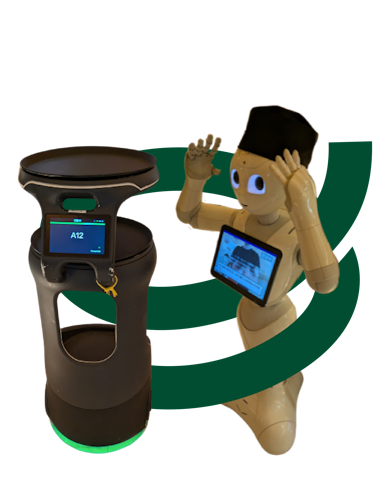
Industry experts project that the global market for restaurant automation could reach $3.5 trillion by 2026, driven by growing demand for faster, more efficient service. Fully automated restaurants, like the robotic kitchens of Spyce in Boston or Flippy, the burger-flipping robot by Miso Robotics, highlight how robots are stepping in to handle everything from food preparation to service.
Recently, our very own Head of Marketing Operations, Sophie Daniline visited an entirely automated restaurant in Japan:
"Experiencing a fully automated restaurant in Japan feels like stepping into the future. Everything is automated - robots check you in, one is assigned to your table to take your order and even provide chat or game entertainment, while another brings food and drinks. At the end, a robot escorts you to a self-service kiosk for an effortless payment experience. It's a glimpse into how automation can redefine dining, balancing efficiency with a touch of personalized innovation."
As automation continues to evolve, we expect to see even more restaurants adopting these technologies to stay competitive and meet customer expectations.
But as restaurants become more automated, we have one key question…will the convenience and efficiency of automation outweigh the personal touch that customers often associate with dining out?
If you’re interested in understanding how EPOS systems can help automate your restaurant, let’s talk.
Interested in reading more around this subject? Here are some useful articles…
